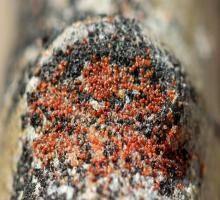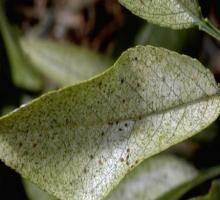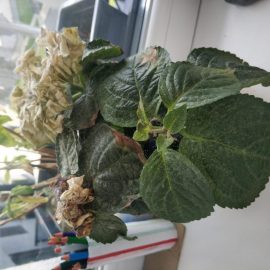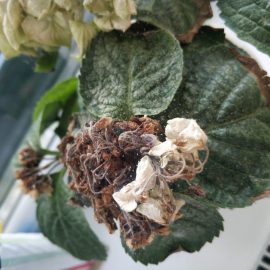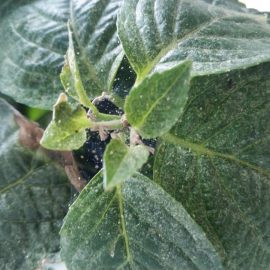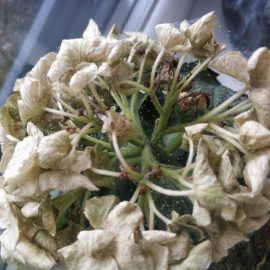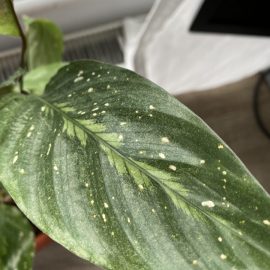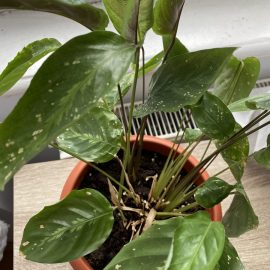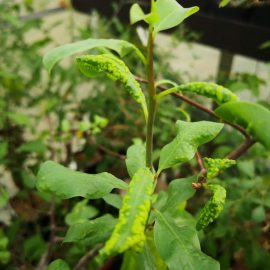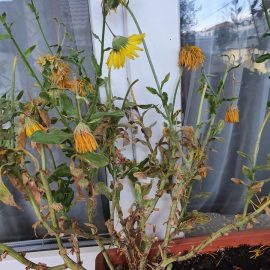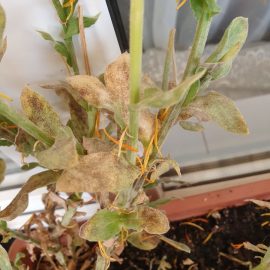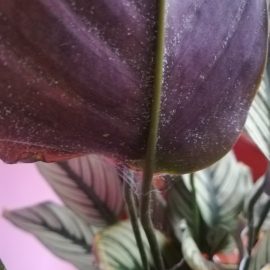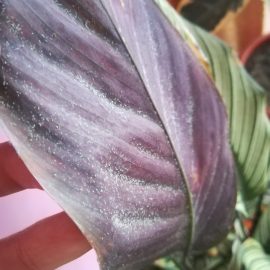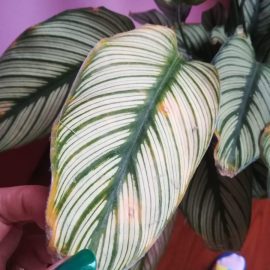Fruit trees mites – pest management
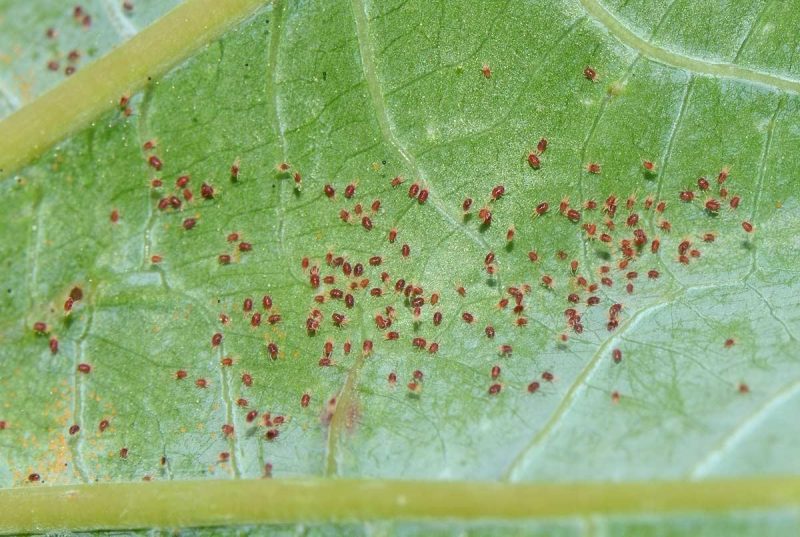
The most common species of fruit trees mites are:
1. The brown mite – Bryobria rubrioculus
Distribution. The brown mite is a fruit trees mites, very widespread, being reported in most European countries, North America, North Africa, Asia Minor, Japan, Australia, New Zealand. It can be found both in the lowland areas and in the pre-mountainous regions.
Description. The adult has an oval body with fewer raised edges, 0.6-0.8 mm long, brick-brown. The color may vary depending on the feeding conditions. The larva, immediately after hatching, has a red-bricky color, and later it becomes greenish or brown. It is 0.2 mm long.
The brown mite can be found in all stages of development only on fruit trees. It does not migrate to other types of plants.
Life cycle. It produces 6 generations every year. The brown mite overwinters in the egg stage. The eggs are laid on branches, around buds, or in cracks in the tree bark. The female lays 10-30 eggs. The larvae hatch after the atmospheric temperature reaches the lower threshold of 7º C. The first generation develops in March-May. The larvae appear at the beginning of the budding period and spread in the crown of the trees. They can be found on branches, shoots, and on the underside of leaves. The development of the larval stage takes 10-25 days. After the larval stage, they become adult females. The second generation develops in May and June, the third in June-July, the fourth in July, the fifth generation in August, and in August-September the sixth generation whose eggs overwinter.
Crop damage. The attack of the brown mite was determined in the case of the following fruit tree species: apple, pear, quince, almond, cherry plum, plum, apricot, cherry, sour cherry, peach, etc. It feeds on the leaves of plants, which under the influence of successive stings, discolor and dry. The symptoms of the attack vary depending on the time of the vegetative growth period. At first, small white-brown spots appear on the leaves, without a well-defined delimitation. The attack is located mainly at the base and along with the main veins.
Control. During the dormancy period, it is recommended to apply horticultural oil. During the growing season, specific products must be applied.
Recommended products
-
You can find products on a different store
Change Store -
You can find products on a different store
Change Store -
You can find products on a different store
Change Store -
You can find products on a different store
Change Store -
You can find products on a different store
Change Store -
You can find products on a different store
Change Store -
You can find products on a different store
Change Store -
You can find products on a different store
Change Store -
You can find products on a different store
Change Store -
You can find products on a different store
Change Store -
You can find products on a different store
Change Store -
You can find products on a different store
Change Store -
You can find products on a different store
Change Store -
You can find products on a different store
Change Store -
You can find products on a different store
Change Store -
You can find products on a different store
Change Store -
You can find products on a different store
Change Store -
You can find products on a different store
Change Store -
You can find products on a different store
Change Store -
You can find products on a different store
Change Store -
You can find products on a different store
Change Store -
You can find products on a different store
Change Store -
You can find products on a different store
Change Store -
You can find products on a different store
Change Store
Recommended products
-
You can find products on a different store
Change Store -
You can find products on a different store
Change Store -
You can find products on a different store
Change Store -
You can find products on a different store
Change Store -
You can find products on a different store
Change Store -
You can find products on a different store
Change Store -
You can find products on a different store
Change Store -
You can find products on a different store
Change Store -
You can find products on a different store
Change Store -
You can find products on a different store
Change Store -
You can find products on a different store
Change Store -
You can find products on a different store
Change Store -
You can find products on a different store
Change Store -
You can find products on a different store
Change Store -
You can find products on a different store
Change Store -
You can find products on a different store
Change Store -
You can find products on a different store
Change Store -
You can find products on a different store
Change Store -
You can find products on a different store
Change Store -
You can find products on a different store
Change Store -
You can find products on a different store
Change Store -
You can find products on a different store
Change Store -
You can find products on a different store
Change Store -
You can find products on a different store
Change Store
2. The red spider – tetranychus urticae
Distribution. The red spider mite is one of the most common species of fruit trees mites and it can be found on all continents. It is considered one of the most widespread species of pests in agriculture. It can be found in active condition on the most important crops and weeds, starting from March-April and until late autumn, at the end of November. It is also present on all crops of ornamental plants or vegetables grown in greenhouses, polytunnels, and seedbeds. The red spider mite can also be frequently found in vineyards and orchards.
Description. The female has an ellipsoidal body, 0.36-0.53 mm long, of variable color, from light green, brown, and yellow to carmine or dark red. The male has a pear-shaped body, 0.22-0.35 mm long and lighter in color. The larva has an ellipsoidal shape, pale yellow or greenish-yellow. The egg has a spherical shape, is smooth, and immediately after laying it has a whitish, glassy appearance. As the embryo develops, the color becomes yellow-orange.
It overwinters as in the adult stage under the exfoliated bark of trees, under fallen leaves or under dry weeds, in the surface layer of the soil, etc.
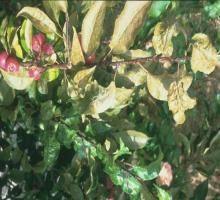
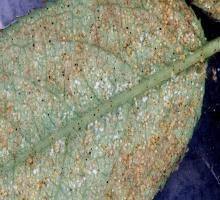
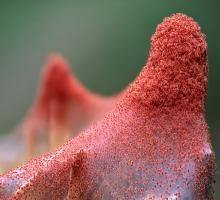
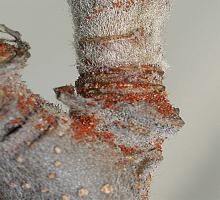
Life cycle. It produces 6-10 generations per year. From fertilized eggs, females and males hatch. From the unfertilized ones, only males hatch. Hibernating females appear in early spring, in some years starting in April, with the onset of the growing season. Females lay eggs in a silky spider web. They are usually placed on the underside of the leaves, especially along the veins.
Crop damage. A polyphagous species that attacks over 90 species of plants, cultivated and spontaneous. As a result of the attack, yellow spots appear on the leaves at first, which then acquire a shade of red or brown. The discoloration starts at the base of the leaf limb, advances along with the main vein, and finally covers the entire leaf. The attacked leaves dry up and fall, leading to defoliation (affecting 80-100% of the total leaves). As a result of the attack, a stop in the growth of the shoots is registered along with a premature ripening of the fruits.

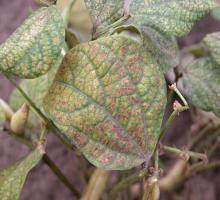
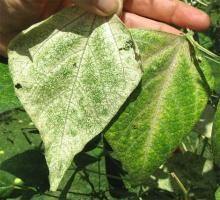
Pest management. The first treatment should be performed with specific products, in spring, against hibernating females, before they lay eggs.
Recommended products
-
You can find products on a different store
Change Store -
You can find products on a different store
Change Store -
You can find products on a different store
Change Store -
You can find products on a different store
Change Store -
You can find products on a different store
Change Store -
You can find products on a different store
Change Store -
You can find products on a different store
Change Store -
You can find products on a different store
Change Store -
You can find products on a different store
Change Store -
You can find products on a different store
Change Store -
You can find products on a different store
Change Store -
You can find products on a different store
Change Store -
You can find products on a different store
Change Store -
You can find products on a different store
Change Store -
You can find products on a different store
Change Store -
You can find products on a different store
Change Store -
You can find products on a different store
Change Store -
You can find products on a different store
Change Store -
You can find products on a different store
Change Store -
You can find products on a different store
Change Store -
You can find products on a different store
Change Store -
You can find products on a different store
Change Store -
You can find products on a different store
Change Store -
You can find products on a different store
Change Store














































































































































































































































































































































































































































